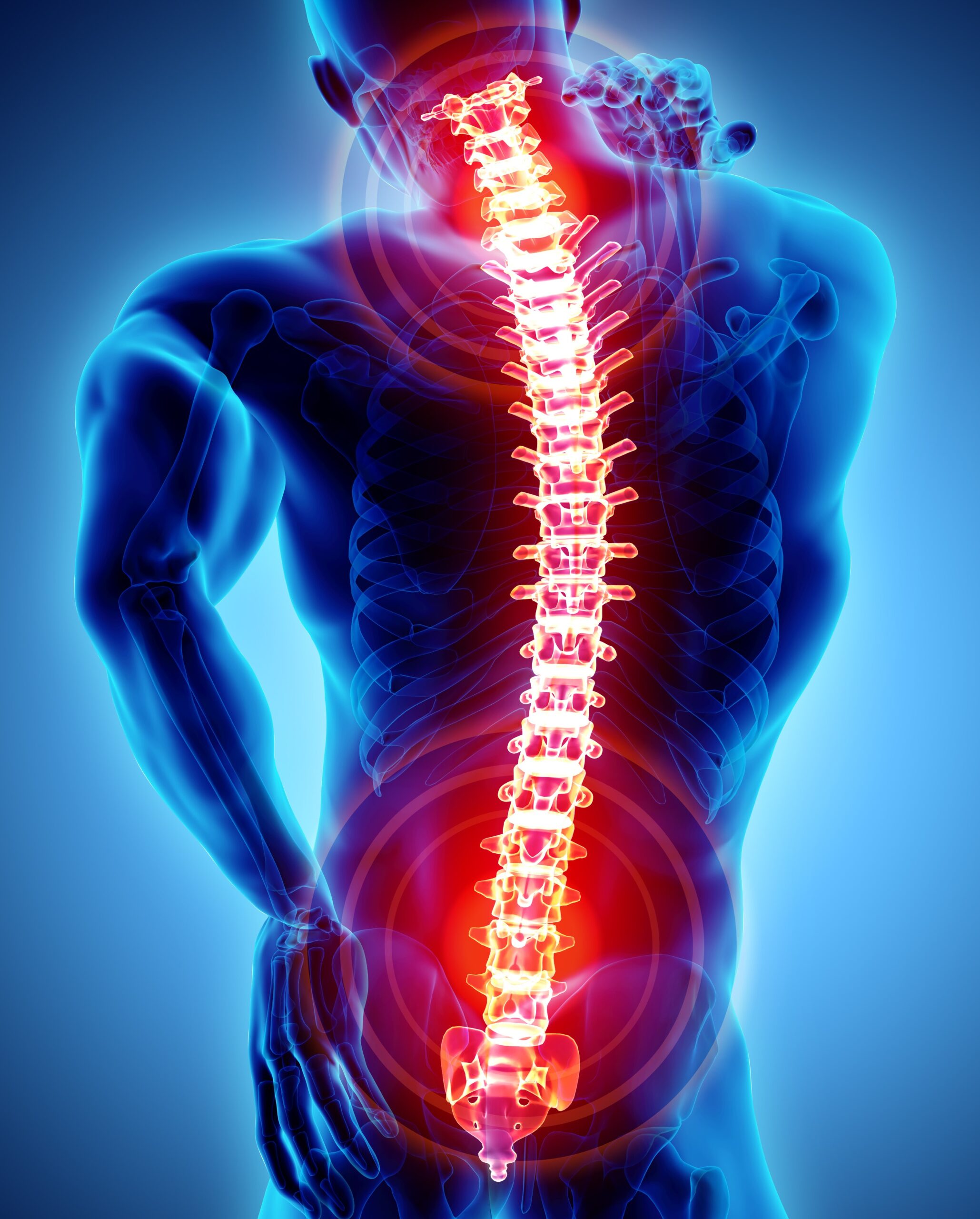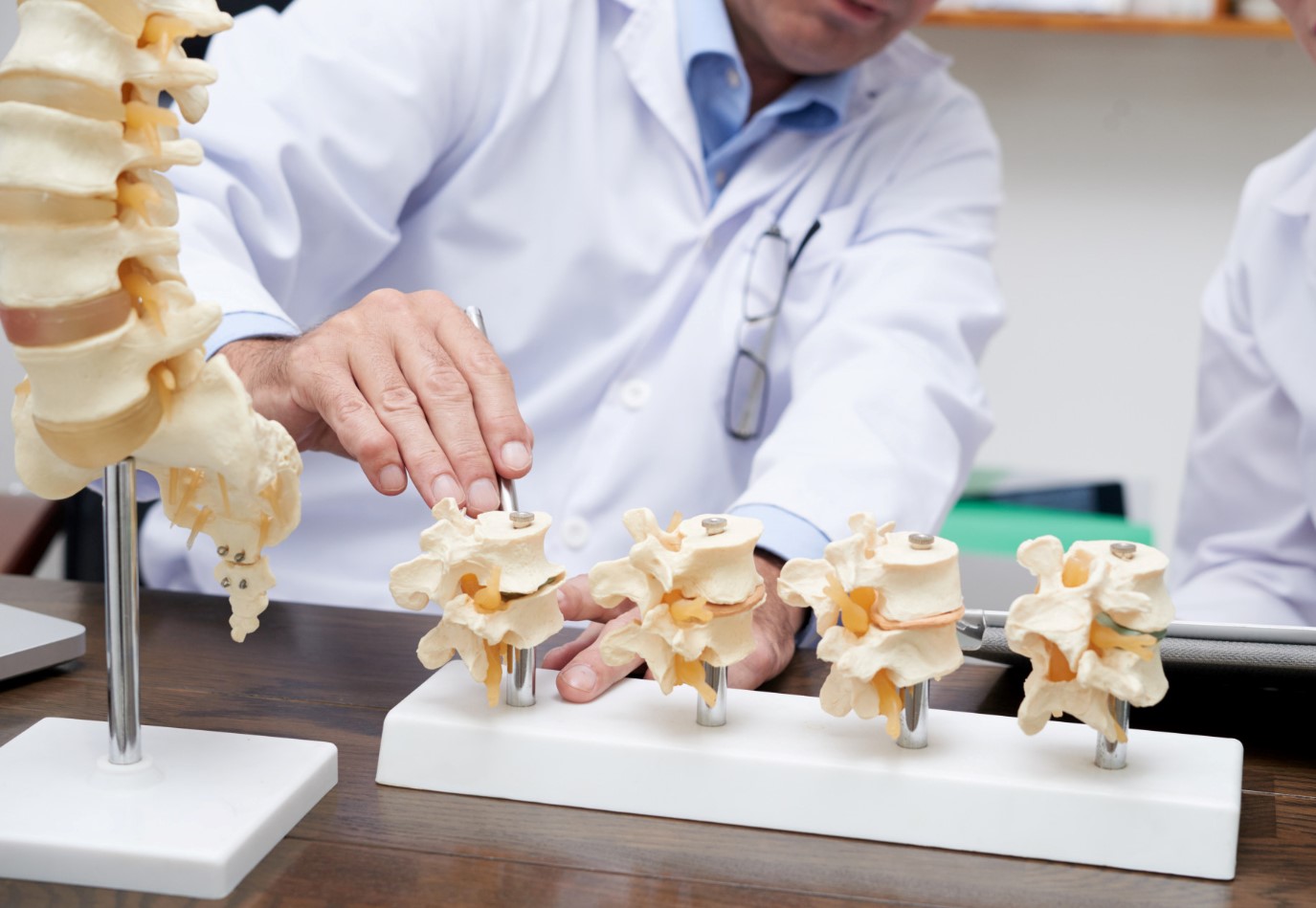Posterior Instrumented Fusions and Scoliosis
Scoliosis is a condition characterised by a sideways curvature of the spine. This abnormal curvature can lead to discomfort, limited mobility, and in severe cases, impact internal organs.
Posterior instrumented fusion (PIF), a surgical approach often used in the management of scoliosis, involves the alignment and stabilisation of the spine using rods, screws, and sometimes bone grafts. This procedure aims to correct spinal deformities and provide long-term stability.
Understanding Scoliosis
What is Scoliosis
Scoliosis is characterised by an abnormal lateral curvature of the spine, often accompanied by a rotation of the vertebrae. It can affect individuals of any age but is most commonly diagnosed in adolescents. The curvature can range from mild to severe, and in some cases, it can progress over time.
Symptoms may include uneven shoulders, a noticeable curve in the back, and respiratory or cardiovascular issues in severe cases.
Types of Scoliosis
- Idiopathic Scoliosis: This is the most prevalent form with no known cause. It is predominantly found in children and adolescents, particularly during growth spurts. This type is further classified based on the age of onset: infantile (0-3 years), juvenile (4-10 years), and adolescent (11-18 years). The adolescent form is the most common and can progress rapidly during puberty.
- Congenital Scoliosis: This type arises from spinal abnormalities present at birth, often due to improper vertebral formation or segmentation in the womb. It can vary in severity, with some cases being mild and others requiring surgical intervention.
- Neuromuscular Scoliosis: This is rooted in conditions that affect the body’s muscles and nerves, such as cerebral palsy, muscular dystrophy, and spina bifida. It tends to progress more rapidly and severely. The curvature is often more pronounced and complex, and it is frequently associated with other physical challenges.
- Degenerative Scoliosis: Seen in adults, this type comes from the gradual deterioration of spinal structures due to ageing, arthritis, osteoporosis, or degenerative disc disease. Unlike other forms, degenerative scoliosis often develops later in life.
Role of Posterior Instrumented Fusions in Treating Scoliosis
PIF is used to treat various types of scoliosis, especially in cases where conservative methods such as bracing or physical therapy are insufficient. The primary goal of PIF is to halt the progression of the spinal curvature and, if possible, correct it to a degree.
This is achieved by surgically aligning and stabilising the spine, through the placement of screws, rods, and sometimes hooks along the curved part of the spine. Bone grafts are also placed on the spine to create a single, solid bone to prevent further curvature. PIF can also correct some of the spinal deformities.
Preparing for Posterior Instrumented Fusion Surgery
Preparation for PIF surgery is a necessary step to ensure a successful outcome.
- Medical Evaluation: Comprehensive medical assessment including imaging tests such as X-rays, MRI, or CT scans to understand the precise nature of the scoliosis and plan the surgical approach.
- Physical Preparation: Patients should engage in specific exercises to strengthen their back muscles, which can aid in recovery post-surgery.
- Nutritional Status: Proper nutrition is necessary for healing. Maintain a balanced diet before the surgery.
- Medications Review: A review of current medications can help avoid any that might interfere with surgery or recovery, such as blood thinners.
Posterior Instrumented Fusion Surgery Procedure
PIF surgery for scoliosis involves several steps:
- Anaesthesia and Positioning: The patient is given general anaesthesia and positioned face-down on the operating table.
- Incision and Exposure: A midline incision is made along the back to expose the affected vertebrae.
- Placement of Instruments: Screws are inserted into the vertebrae. These screws are then connected with rods, which help to realign and stabilise the spine.
- Deformity Correction: The rods are manipulated to correct the spinal curvature as much as possible.
- Bone Grafting: Bone graft material, either from the patient’s body or a donor, is placed along the spine to promote fusion. Over time, this graft will integrate with the spine, solidifying the correction.
- Closure: The incision is closed with sutures or staples.
This surgery typically takes several hours and requires a team of skilled surgeons and nurses. The exact techniques and instruments may vary based on the patient’s needs.
Recovery and Rehabilitation Post-Surgery
Initially, this includes pain management and wound care, progressing to physical therapy and exercises to strengthen the back and improve flexibility.
Patients typically spend a few days in the hospital post-surgery and may require several weeks to months before resuming normal activities. Adherence to rehabilitation guidelines and regular follow-up appointments can help monitor healing and address any concerns during the recovery phase.
Potential Risks and Complications of the Surgery
Like all major surgical procedures, PIF for scoliosis carries potential risks and complications.
- Infection: Despite sterile conditions, there’s a risk of infection at the incision site or within the spine. This may require antibiotics or additional surgery.
- Blood Loss: Blood loss can occur during surgery, occasionally necessitating a transfusion.
- Nerve Damage: There is a risk of nerve injury during surgery, which can result in numbness, weakness, or, in rare cases, paralysis.
- Non-union: The bone graft may fail to properly fuse with the spine, known as a non-union, potentially requiring further surgery.
- Hardware Failure: Instruments like screws or rods may break or become dislodged, possibly leading to a second surgery.
- Pain and Discomfort: Postoperative pain is common, and can be managed with medications.
- Reduced Spinal Mobility: Stiffness or reduced flexibility in the spine can result from the fusion.
- Anaesthesia Complications: Reactions to anaesthesia, while rare, can include allergic reactions, breathing difficulties, and heart complications.
Long-Term Outcomes and Effectiveness
The long-term outcomes of posterior instrumented fusion for scoliosis are generally positive, with many patients experiencing improvement in their spinal alignment and quality of life. In most cases, the surgery effectively prevents further progression of the curvature.
Long-term follow-up is necessary to assess the stability of the spine, the success of the fusion, and the overall health of the back. Most patients lead active, fulfilling lives post-surgery, although some may experience limitations in certain activities.
Conclusion
PIF is a surgical intervention for treating scoliosis, offering the potential for improved spinal alignment and quality of life. While it comes with inherent risks and requires a substantial recovery period, the long-term outcomes are generally favourable. Each case of scoliosis is unique, necessitating personalised care and a comprehensive treatment approach to achieve the best possible results.



